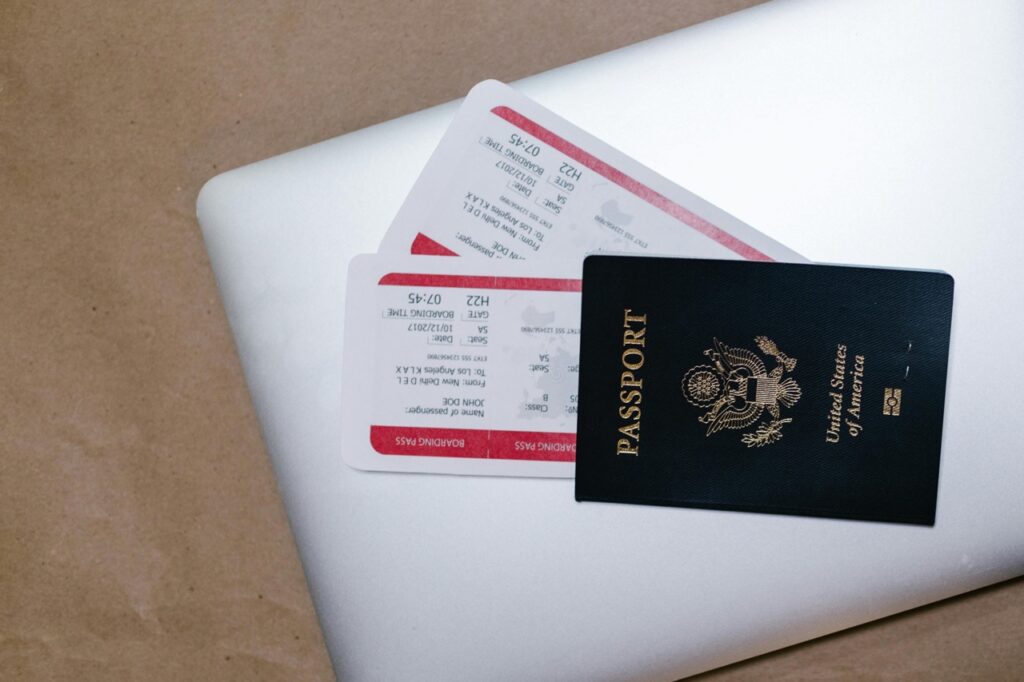Traveling internationally often requires obtaining a visa, but the type of visa you choose can make a big difference in your travel experience. In this guide, we’ll explore the key differences between eVisas and traditional visas, helping you decide which option is best suited to your needs.
- What is an eVisa?
An eVisa is an electronic visa that you can apply for online. It’s typically linked to your passport number, and once approved, you receive a digital confirmation via email. eVisas are convenient because they eliminate the need to visit an embassy or consulate in person.

- What is a Traditional Visa?
A traditional visa is a physical document or stamp placed in your passport by an embassy or consulate. The application process often requires an in-person visit, submission of physical documents, and sometimes an interview.
- Speed and Convenience:
eVisas are generally faster to obtain, with some approvals happening within hours or a few days. Traditional visas can take longer due to the need for physical processing and potential interviews. If you need a visa quickly, an eVisa might be the better option.
- Cost Differences:
The cost of an eVisa can vary, but they are often more affordable than traditional visas due to the reduced need for administrative processing. However, some countries may charge a premium for the convenience of an eVisa.

Travel Flexibility:
Traditional visas may offer more flexibility in terms of entry and exit points, duration of stay, and multiple-entry options. eVisas are sometimes limited to specific airports or border crossings, and may have stricter entry conditions.

